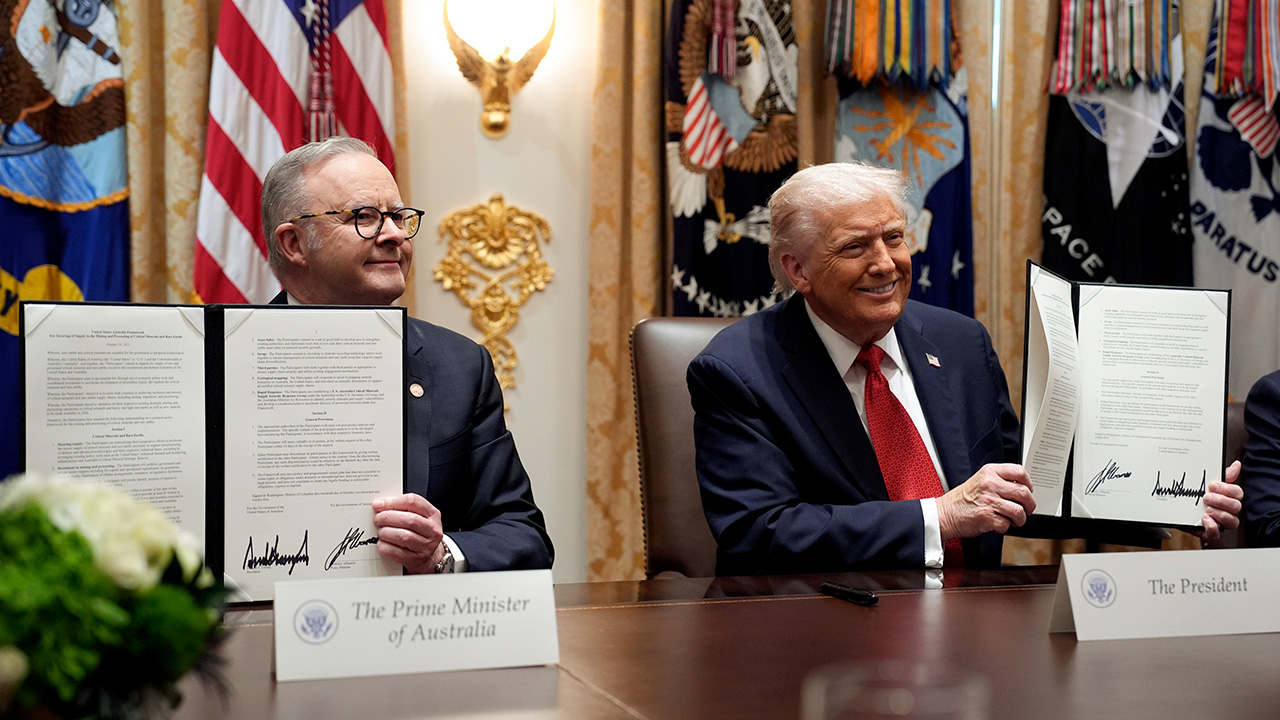Copyright OilPrice

Two of the founding members of the BRICS alliance, India and Brazil, drew the short straw when it comes to new U.S. trade policy. South America’s largest economy and Asia’s second-biggest economy have both been slapped with 50% tariffs on their goods exported to the United States. Faced with the highest U.S. tariffs of any nation, India and Brazil are seeking closer strategic, economic, trade, and energy cooperation and have recently signed deals to expand their trade agreements. Brazil’s Vice President Geraldo Alckmin visited India last week for meetings with high-ranking Indian officials at the India–Brazil Business Dialogue event. India and Brazil are expanding their partnership in agriculture and ensuring global food security. Indian and Brazilian chambers of industry and commerce also signed a cooperation charter—“an important milestone in institutionalising the India-Brazil business partnership and creating new avenues for cooperation in sectors such as infrastructure, renewable energy, healthcare and innovation,” India’s Commerce and Industry Minister, Piyush Goyal, said. India and Brazil also agreed to pursue a deepening of the current preferential trade agreement between India and MERCOSUR, the South American trade bloc. The two countries agreed that “the expansion of the Agreement should be substantial, aiming for a significant share of bilateral trade to benefit from tariff preferences.” Related: EU To Sanction Chinese Oil Refineries On Russian Oil Trade “We can have a fantastic alliance with India - political, space, entrepreneurial, and economic,” Brazilian President Luiz Inacio Lula da Silva said as we welcomed back his Vice President from the visit to India. “We will create a strategic alliance with India and develop both Brazilian and Indian economies,” Lula added. These two major developing economies are reeling from the 50% tariffs on imports of their goods to the U.S. imposed by the Trump Administration. U.S. President Donald Trump slapped an additional 40% tariff on Brazil, effective August 6, bringing the total tariff rate to 50%. India also got a 50% tariff as of August 6, as President Trump doubled the earlier 25% tariff because of India’s continued imports of Russian crude oil. The pressure on India has intensified in recent days, after President Trump reiterated his threat to make India pay “massive” tariffs unless it stops buying Russian oil, repeating that India’s Prime Minister Narendra Modi had assured him those purchases would stop. Last week, India neither confirmed nor denied that it would indeed cut or halt imports of Russian crude and said its key energy policy driver is “to safeguard the interests of the Indian consumer.” Whatever happens with India’s purchases of Russian crude, which currently account for about a third of all Indian oil imports, India will continue to be a large buyer of crude—it is in fact the world’s third-largest after China and the U.S. Brazil, for its part, is a major crude oil exporter and continues to boost oil production and shipments as new offshore projects come online. Brazil could boost crude exports to India, arbitrage economics permitting. Brazil and India also agreed last week to deepen cooperation in renewable energy. Brazil boasts a predominantly renewable electricity mix, with hydropower accounting for more than half of clean electricity. Solar and wind power have also risen, and low-carbon electricity accounts for more than 90% of Brazil’s power supply. The contrast with India cannot be more evident. Fossil fuels still accounted for 78% of power generation in India last year, but the country is making good progress in advancing renewable energy installations. India added a record 22 gigawatts (GW) of renewable energy capacity in the first half of 2025, up by 57% from a year earlier, according to Rystad Energy data. Earlier this year, India said it achieved five years ahead of schedule its target to have 50% of its installed electricity capacity coming from non-fossil fuel sources. In the 2024/2025 financial year ended March 31, 2025, India installed a record high 29.52 GW of renewables capacity, hitting 220.10 GW in total, amid booming solar energy installations. Solar additions jumped to 23.83 GW in FY 2024–25, up from 15.03 GW added in the previous year, government data showed. India aims to achieve 500 GW of non-fossil fuel power capacity by 2030, double the current installed renewable energy capacity. By Tsvetana Paraskova for Oilprice.com More Top Reads From Oilprice.com: India May Reduce Russian Oil Imports for Trade Deal Japan's New PM Pushes for Faster Nuclear Reactor Restarts Kazakhstan to Keep New Fuel Price Freeze Until Spring



